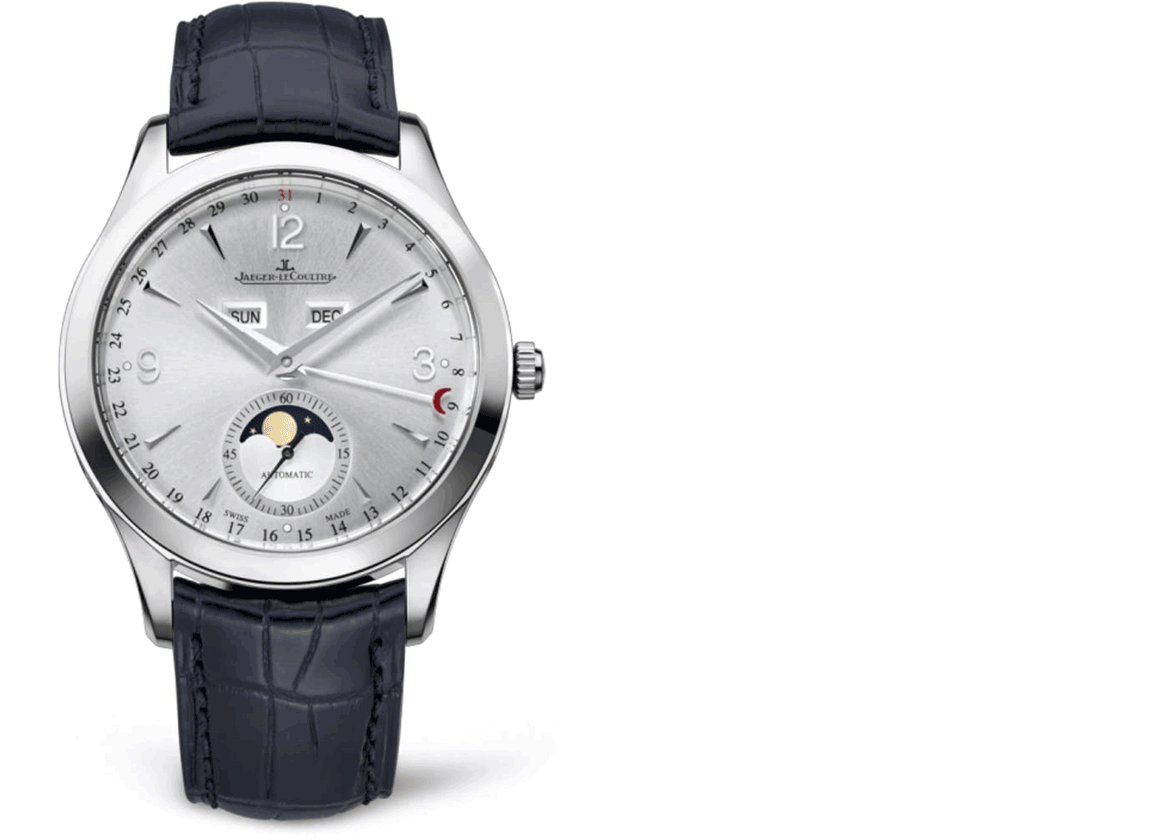Amongst all watch complications, none capture the imagination quite like the perpetual calendar does. It’s a romantic complication typically reserved for only the most prestigious models from the most prestigious brands. It is perhaps the most practical of all complications, being (almost) totally self-sufficient in its date calculations. Calendar watches typically come packaged with a suite of complications that bring as much fo the Gregorian calendar to life as possible, some requiring more work than others. So how do they work and what makes them so special? Let’s take a look.
We can’t discuss calendar complications without first addressing some of the, let’s call them quirks, within our existing calendar system. You may have noticed that not all months share an equal amount of days, with some containing 31 and others 30. And then there’s February, with its 28 days. We have the Romans to thank for the 12 months, and, ultimately, Pope Gregory to thank for the leap year (all in an effort to keep Easter as close to the Spring equinox as possible). While these undoubtedly seemed like great ideas at one time, they’ve been the bane of clock and watchmakers for centuries.
First off, if you’re not sure what a complication is, or how a watch works, for that matter, give this article a read. A calendar complication is any function of the watch that includes the day, date, month or year. Really any information you’d normally find on a wall calendar.
Before we dive straight into the solution to these abnormalities in the calendar, the perpetual calendar, let’s explore some of its less complicated cousins. It all starts with the date. The humble date complication is common and relatively unremarkable in its ability to track 31 individual 24-hour cycles before starting over. It’s easy to understand, and easy to manage, but what if you’re looking for a bit more? The first step into full calendar watches would be, triple calendar watches, which boast a combination of day, date, month or year complications in addition to telling the time. Phases of the moon are common here but not mandatory. This Jaeger-LeCoultre is a great example of a triple calendar watch.
Watches that incorporate any of the full calendar complications will require some input from the wearer. Waking up on March 1st, for instance, you’ll find yourself manually advancing the date and month. As you will on the 1st day of May, July, October, and December. Sound like too much trouble? The first solution to this issue is present in watches called annual calendars.
Annual calendar watches include the full calendar kit of complications and take them a step further by compensating for the short months of the year, except for February. This means you’ll only be bothered to adjust your watch once per year, assuming you keep it wound. It’ll cost you a bit more, but hey, time is money. This Portuguese from IWC is a beautifully executed annual calendar. If that still sounds like to much work, you’ll need to dig a little deeper and spring for a perpetual calendar.
The perpetual calendar will look similar to each of the above from the outside, but rest assured, there’s a different engine under the hood. The biggest tell you’ll find on the dial when compared to other calendar watches is a leap year indicator. On the inside, there is a “programmed memory” of 1,461 days (or, 4 years), meaning you won’t have to tinker with any of the complications at all. Ever. So long as it’s wound, of course (good time to invest in a good winder). To accomplish this feat, a perpetual calendar has wheels turning from several times per second, to once every four years. There is an exception to this never having to tinker with it business, and that will come in the year 2100 when the calendar will skip a leap year. Again we can thank Pope Gregory’s calendar for this, which states that three century years out of four are not to be leap years.
With the advent and increased usage of modules, calendar complications have become somewhat commonplace, even within the range of more “everyday” brands like Baume et Mercier and Frederique Constant. Does that mean it’s lost the romantic appeal and legendary status? Not at all, an integrated movement manufactured by the brand itself will always command a premium, and will generally hold its value stronger than those mass produced options. What the modules do offer is a more accessible entry point to calendar watches, so you can start somewhere around here, and, with any luck, end up somewhere around here.







